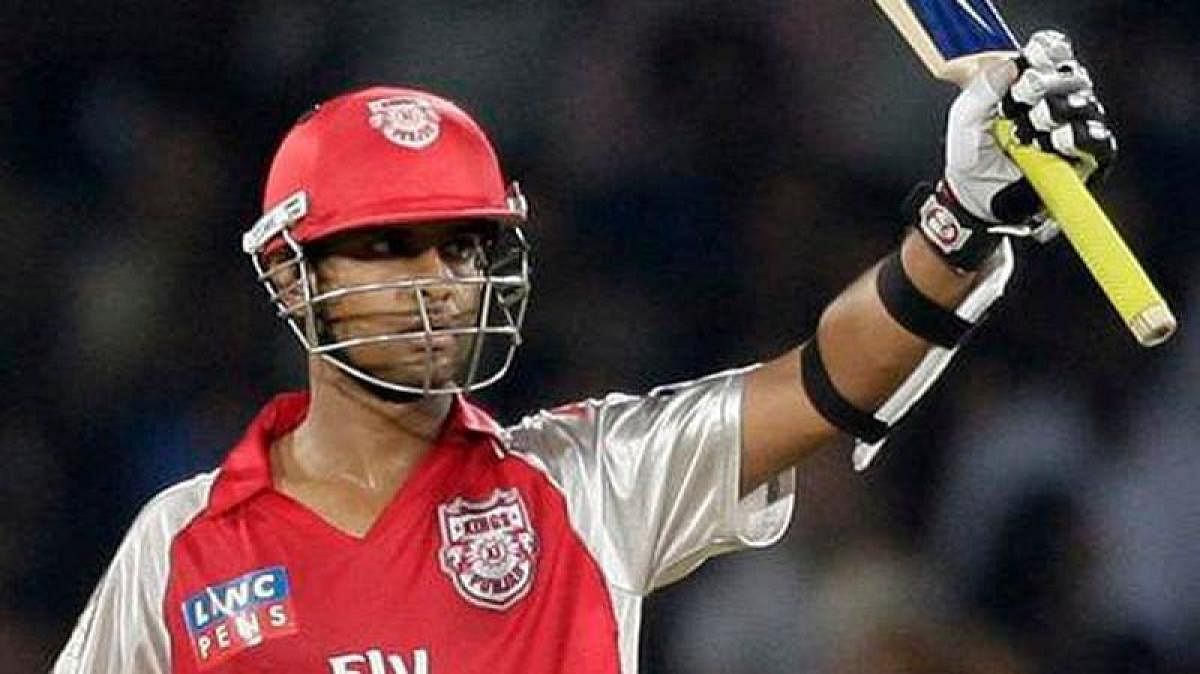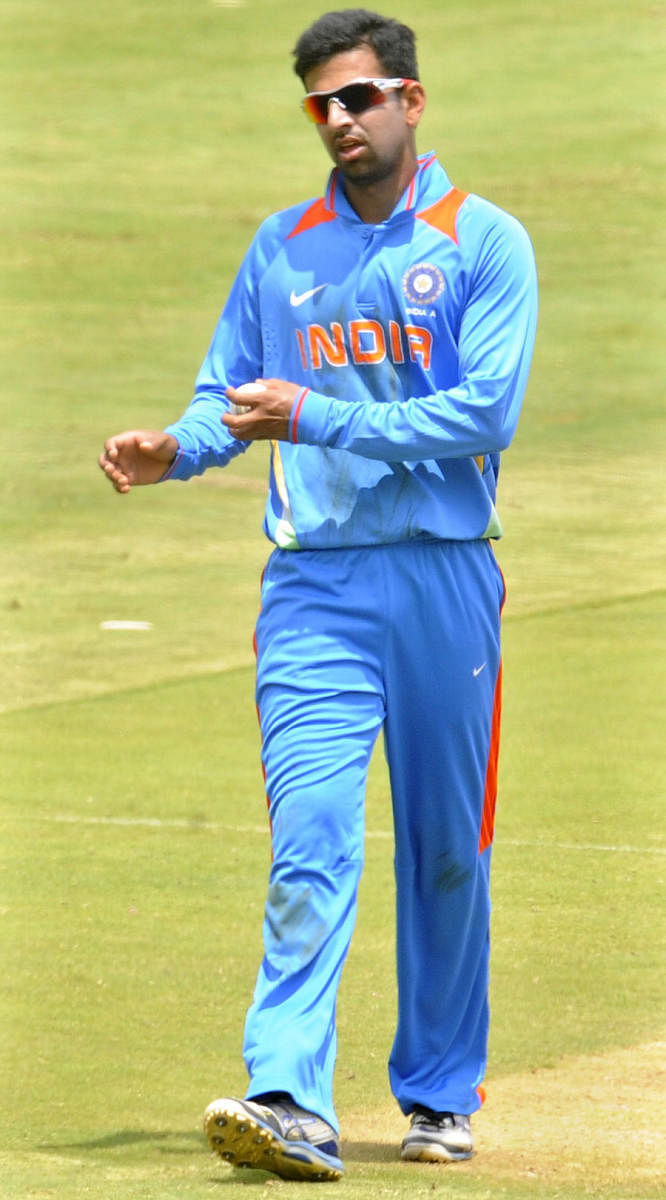Cricket in India: A thin line between success & failure



Statistically, cricketers fail more than they succeed. Anomalies aside, the odds are severely stacked against you, especially in India.
While this applies to individuals and their performance on the field, it also extends to those who dream of making it at the international level. This fact is consistently more discernible in the aftermath of an edition of the Indian Premier League.
This season, for instance, has thrown up names like Devdutt Padikkal, Ravi Bishnoi, T Natarajan, Varun Chakravarthy and a few others who could very well go on to play for India.
That’s the case every year. But for the very few who are narrativised as a success courtesy the IPL’s ubiquitous platform or the Under-19 World Cup, there are thousands who have been lost to Indian cricket.
Take the example from the 2012 World Cup, which India won under Unmukt Chand. Most of the players from this squad were touted as India material by no less than Aussie great Ian Chappell. He, in fact, declared that a handful of those players — from Chand to left-arm spinner Harmeet Singh — were ready to play for the senior national team.
Struggling to find a place
Eight years on, only Hanuma Vihari has managed to make it to the India squad. Sandeep Mishra plies his trade for Punjab and in the IPL while Manan Vohra is there or thereabouts. Chand, dubbed the next Virat Kohli, is shifting states just to be able to play in domestic cricket. Harmeet lost his way so much that he was even arrested after he rammed his car on a railway platform. Vijay Zol, from the same squad and whom the RCB picked with great hope, is struggling to find a place in the Maharashtra team.
And remember Paul Valthaty? He is perhaps the only IPL centurion who never made it to the national squad. Or for that matter Ajitesh Argal, Kohli's deputy in the triumphant 2008 team? The Baroda player last played for his team in 2015. What about Ashok Menaria? K L Rahul and Mayank Agarwal's captain in the 2010 U-19 team, is now restricted to Rajasthan cricket.
This is the unfortunate theme on most occasions but what exactly makes some crack it and most not? Brittle spirit? Not so much when you realise just how impossibly hard it is to ‘make it’.
A not-so-fun fact: 609 players have represented the Indian men’s cricket team(s) in 1,167 games across all formats so far in close to 90 years since their international debut in 1932.
That’s to say, crudely, seven cricketers earn an India cap each year. That’s seven boys/ men from hundreds of thousands lusting after a ride aboard the unicorn express. Basically, you are more likely to win a lottery with a decent payout than make it to the Indian team.
In fact, most cricketers barely make it out of schools, colleges, academies and selection trials. Their dreams lay buried, only to emerge as regret-tinged anecdotes to whoever cares to listen.
Many use ‘skill’ as a base to loosely answer this query. As simplistic and reductive as that sounds, it’s right. Because no amount of cricket IQ will pique a selector’s interest if it doesn’t reflect in runs, wickets, catches or in the clutch.
The Amol Mazumdars, Padmalkar Shivalkars and Rajinder Goels of the world would obviously beg to differ because they did most things right, and yet…
“It’s a combination of factors, and timing of the player’s performance is imperative,” says WV Raman, the former Test cricketer and current coach of the Indian women’s team. “Even if someone is doing well at the domestic level, there needs to be a slot open in the National side. Sometimes you get lucky when one of those slots opens up because of poor form or injury, but mostly, it’s slim pickings.”
Despite being rated as one of the finest to wield a bat from India, Raman played a mere 11 Tests and 27 ODIs for India before becoming a respected coach. Obviously, that’s tangibly more playtime than most, but what this shows is that ‘making it’ is only one part of the process. Staying there is an entirely different ball game.
“It’s impossible to put a finger on the exact reason why some make it and most don’t,” reiterates Pravin Amre, who has been a personal coach to players like Robin Uthappa, Suresh Raina and Ajinkya Rahane. “I don’t pick players in the ‘nets’. I look at how they handle pressure in matches because often players look great in ‘nets’ but they don’t live up to the hype in matches.
“In my experience, I would have to rate in the order of skill, fitness, mental aspect and acceptance,” he adds.
The last word in that sentence broke the redundancy. What the former India cricketer is alluding is that cricketers need to understand that they are more likely to fail than succeed in their everyday trials. Once that non-malleable truth is accepted, the likelihood of getting smothered by the idea of failure reduces, drastically improving performance and enhancing one's chances, maybe.
“People who make it big are blessed with the ability to focus on what they need to do,” says Sujith Somasundar, former India batsman and current Education Head at the National Cricket Academy. “They have the ability to let go of their failures and not attach their failures to their self-worth. How they see themselves isn’t given by the results they produce. Who they are for themselves will be unshaken by their failures, to a large extent."
Dr Chaitanya Sridhar, consultant sport & performance psychologist, makes an interesting point on the world of young achievers. "I wonder how a family prepares youngsters to handle fame. What keeps you grounded? We call it the circle of influence. It involves the family, the coaches who first groomed you, and the system you are in. I think we are lucky to have Dravid (Rahul) at the helm in NCA in this matter. He is an important link," she says.
Numerous academic papers on the topic have established that people exhibiting high self-efficacy, work harder, persist in the task longer achieve at a higher level over and above those who doubt their own capabilities.
But do these studies include how prepared one is to tackle red-tapeism, nepotism, age-fraud, and several other anxiety-inducing factors? Perhaps, not.
So, the next time you watch your favourite cricketers on-screen, pay heed to the frailties of the human experience, which are as unique and real to them as they are to you.
Lest we forget, gladiators are humans too.
(With inputs from Vivek M V)